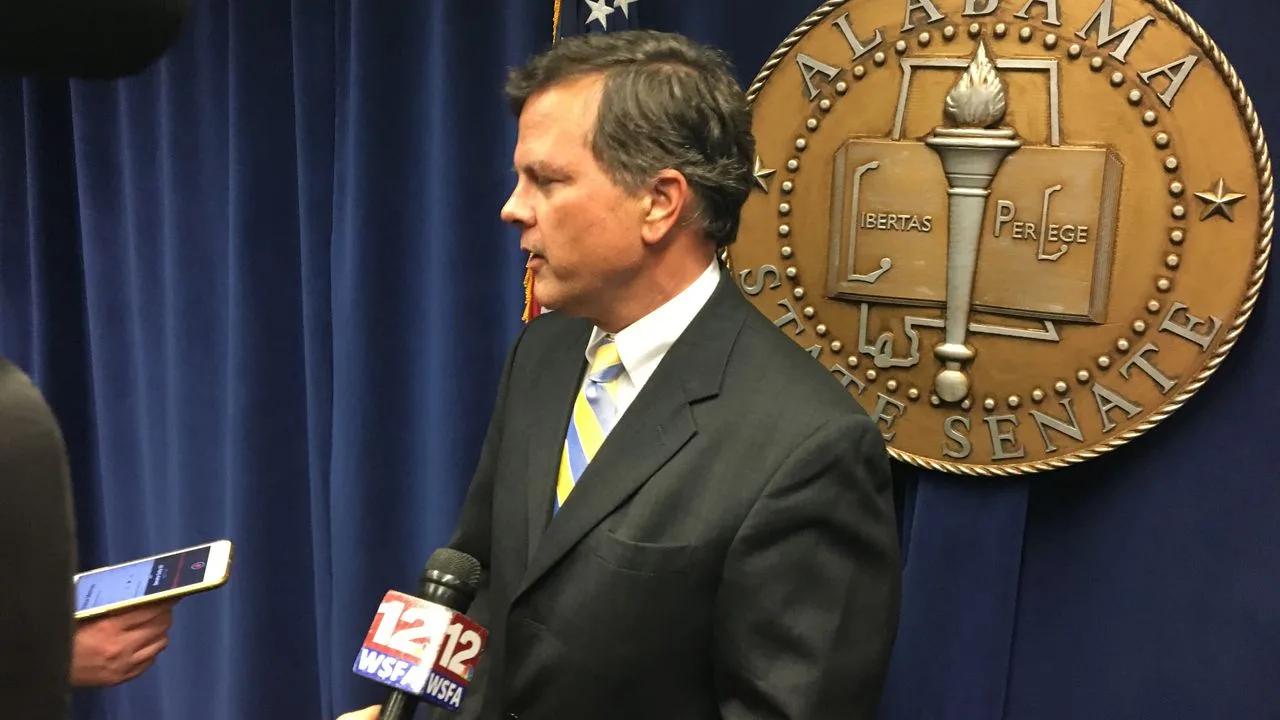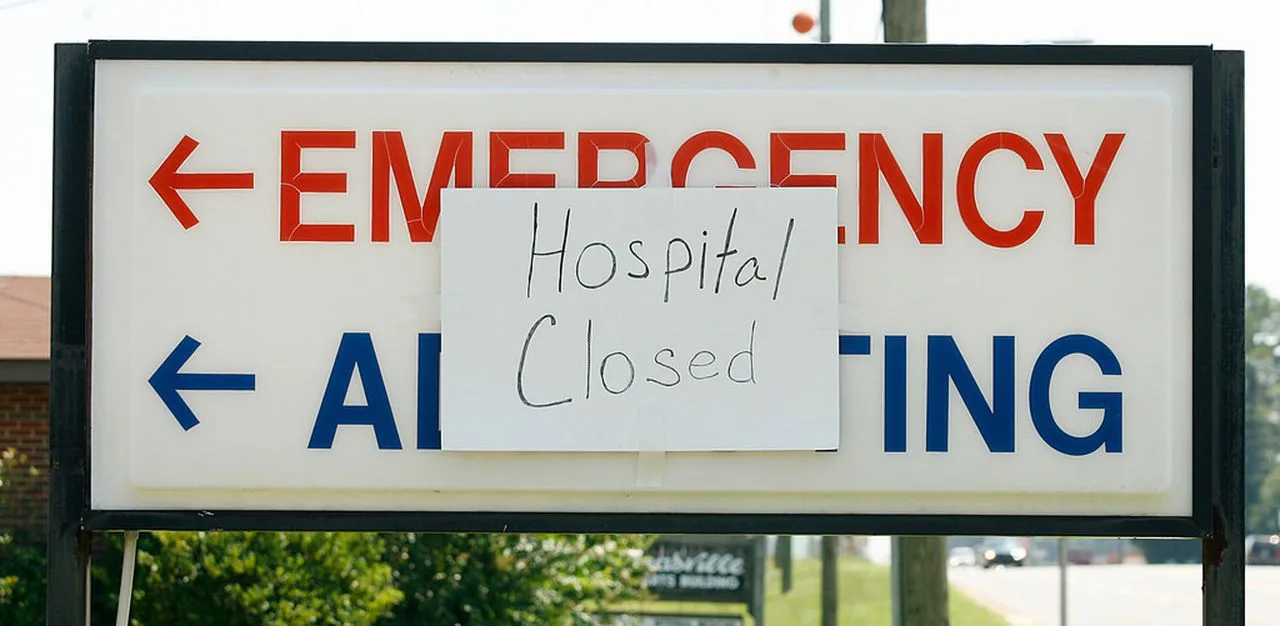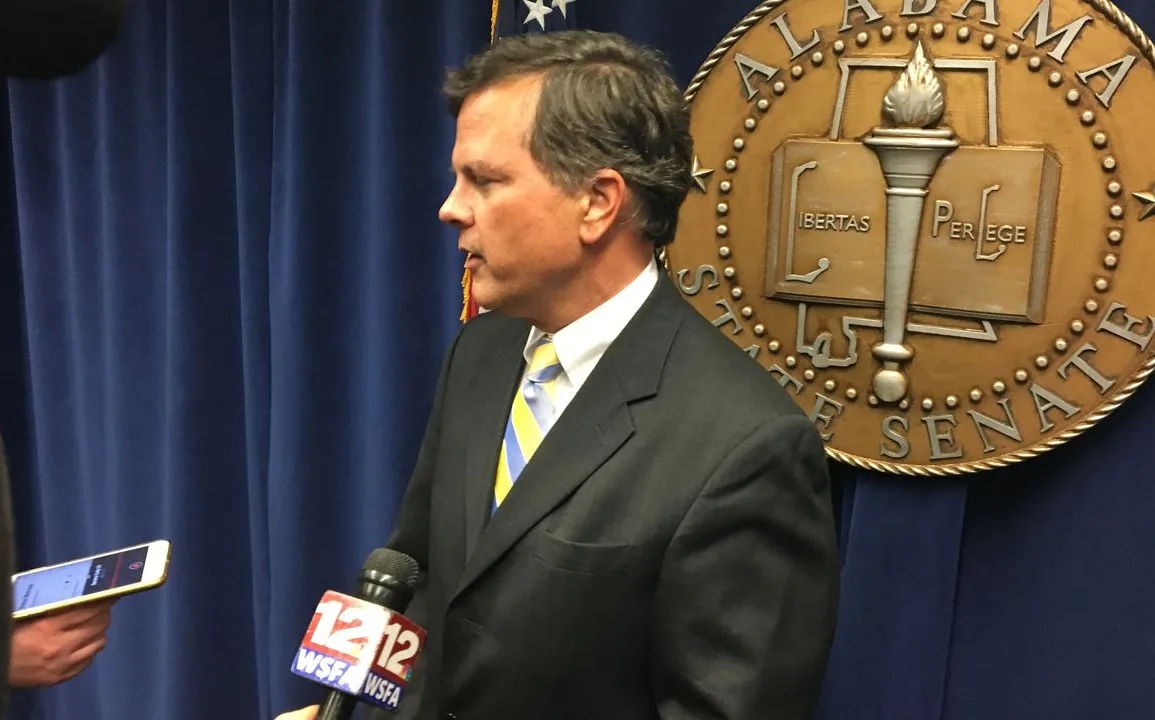A high school focused on training future healthcare professionals is still on the table in Alabama, and West Alabama officials hope it can be paired with a controversial highway project to bolster the state’s Black Belt region.
But the fate of the health sciences high school, originally slated for Demopolis, won’t be known until February when a feasibility study by Kansas City-based Tripp Umbach is completed. A legislative contract review committee authorized a $500,000 contract with the firm on September 7 to begin a study that will determine if the high school is needed, and its potential sites.
As proposed, the specialized high school called the Alabama School of Healthcare Sciences, will give students a concentrated curriculum involving classes in science, technology, engineering, math, and medicine (STEMM).
It is a statewide residential high school, meaning that students will live on campus and will be recruited throughout Alabama. It is also connected to Whitfield Regional Hospital, a rural hospital that has been managed by UAB Health for the past six years. The hospital’s accessibility would provide students with hands-on clinical and laboratory resources during their education.
“We are very confident that Demopolis is the perfect fit for this much-needed statewide asset,” said Doug Brewer, CEO for Whitfield Regional Hospital.
If the school is built, it will be the fourth statewide magnet school that is focused on a specialized area of study. The others are the Alabama School of Fine Arts in Birmingham, the Alabama School of Math and Sciences in Mobile, and the Alabama School of Cyber Technology & Engineering in Huntsville.
Political issues
The project could become a political hot potato for state officials who are debating the merits of another major investment in West Alabama.
The proposed West Alabama Highway Corridor runs through a rural, and mostly poor region of Alabama from Thomasville to Moundville. The highway project is not proposed to run through Demopolis, but it would connect just east of the Marengo County city. The highway’s corridor intersects and connects with U.S. 80, which runs through the south end of Demopolis.
Some lawmakers believe the money pitched for the highway would be better spent elsewhere in Alabama, namely in building extra lanes along Interstate 65.
Supporters say the high school in downtown Demopolis would be an economic boon for the Black Belt. But one state lawmaker confirmed there are at least two other cities vying to be home for the high school.
Both projects are backed by Alabama Gov. Kay Ivey. And both are facing pushback from Ivey’s fellow Republican lawmakers in the State House.
Black Belt lawmakers say it’s time for their colleagues to back the governor, and support an area that has long been plagued by poverty and declining populations.
“It’s time for this area of the state to be highlighted and to have the same opportunities to develop and grow and retain talent that other areas have,” said State Rep. A.J. McCampbell, D-Demopolis.
West Alabama support

Sen. Arthur Orr, R-Decatur, chairman of the Senate’s education budget committee, talks about the $7.1 billion Education Trust Fund spending plan that passed on Thursday. (Mike Cason/mcason@al.com)
McCampbell and other Black Belt lawmakers support having the health sciences high school built on 10 acres adjacent to Whitfield Regional Hospital in downtown Demopolis – in the heart of the Black Belt region. The new school is proposed to be connected to the hospital via by a walking bridge to provide students easy access to hands-on clinical experiences.
The school’s funding was included in Ivey’s budget last spring, but the $31 million appropriation was removed as lawmakers jostled with what the governor’s office wanted to include within a $2.8 billion educational supplemental. Lawmakers instead OK’d spending for the feasibility study to see if the high school is even needed.
State Senator Arthur Orr, R-Decatur, said he is aware of at least two other cities “in the central area of the state” that are interested in the school. He said the feasibility study will determine the right location for the school only if that same study believes a health science high school is “a viable concept” in Alabama.
“They are interested in exploring it and are putting a plan together and meeting with the consultants and evaluators and showcasing their particular area,” said Orr, who oversees the education budget in the Senate. He declined to name the two cities but added that they are in a zone in between Birmingham and Mobile.
Ivey remains supportive of the project, and believes Demopolis is the right fit. She announced the high school during her State of the State address in January and pushed for the $31 million expenditure in Demopolis during the spring legislative session.
“Alabama continues to experience a shortage of healthcare workers – a shortage that is most serious in our rural areas,” she said in a statement to AL.com. “My proposed Alabama School of Healthcare Sciences will be critical to addressing not only this shortage of healthcare workers by providing career options and ready-to-work high school graduates, but this STEM school will also address workforce development, school choice, economic development and the provision of high-quality healthcare services to our citizens. I am excited to make investments in rural Alabama that will benefit our entire state, and I look forward to supporting this effort and the ongoing feasibility study.”
Ivey, a Camden native, also continues to support the West Alabama Highway corridor project, despite calls from some GOP lawmakers – including Lt. Gov. Will Ainsworth – that future funding for the project should be reconsidered. Ainsworth wants to see statewide transportation priorities reassessed, and for lanes be added along I-65.
Economic synergy
In Demopolis, supporters of both the highway and high school projects say they can create an economic synergy by luring people to a region hampered by declining population. Demopolis, for example, has experienced an 8% decline in population since 2010.
“Anything that creates synergies in both new residents and transportation corridors are likely to create economic activity but in this particular region, the benefits are likely to carry far past increased economic activity,” Brewer said. “We believe that locating this school in Demopolis may be a major step forward in improving rural health care in the State of Alabama which consistently rates among the lowest in the nation with respect to health when compared to other states.”
Brewer said the hospital is the right fit for the school, noting it has educational affiliations with the University of Alabama, the University of West Alabama, Wallace Community College, and other rural educational institutions within the region.
He said the hospital, through its affiliation with UAB and the University of Alabama, is able to provide “extensive training” for family practice and OB-GYN physicians. It also provides housing for surgery residents from UAB while they train with the university surgeons and professors.
“(Whitfield) has become a favorite of the UAB surgery residents in the areas of advanced training in GI surgery and robotic surgery which (we) offer,” Brewer said. “Through access to these relationships in the form of dual enrollment and other creative programs, we believe students will be able to enter the workforce immediately upon graduation.”
Financial concerns
But Orr said he has “heartburn” over the amount of money that might be needed to make the high school evolve. He noted that while the budget request was for $31 million, there were discussions about construction costs at $62.
“It gives me a lot of heartburn as an appropriator to come out of the gate with that kind of money,” Orr said. “I don’t believe in handing out that kind of money and hope that enrollment will follow. If it’s in Demopolis or wherever it will be, they will need to grow it slowly but surely and, as they grow, they will get appropriations to follow. But I don’t see us making a big ‘Field of Dreams’ investment of ‘build it, and they will come.’”
According to the project’s proposal to Ivey, a foundation would be formed with a goal of raising $35 million to support construction. It will also lead an ongoing annual campaign to raise $500,000 to support the school’s programming.
Orr also said that he isn’t sure that the school in rural Alabama will be able to attract 9th and 10th graders.
“We can commit to it, but it needs to be with an eye on the costs and built slowly,” Orr said. “It could be where you rent a hotel for a year as a dormitory and then a lot of private donations come to bear or … you have a finance situation of shared services with a local school board or a community college or, in this case, a hospital comes in as a partner,” said Orr. “But the idea that we just throw $31 to $62 million and hope (for it to grow), is a serious concern.”
McCampbell said lawmakers should be prepared for the school — in Demopolis — to be part of next year’s budget talks again.
“We are not backing off of it,” he said. “And because we are so serious about this, we are getting (the study) done to make sure there are no hiccups in terms on whether or not this site is feasibility.”
Rural health worries

In 2011, Southwest Alabama Medical Center in Thomasville closed its doors to patients. Since that year, a total of 13 rural hospitals have closed in Alabama sparking vocalized push by the Alabama Hospital Association to have state lawmakers find a way to expand Medicaid under the Affordable Care Act. (Mike Kittrell, AL.com)
The high school’s concept is emerging at a time of continued growing concerns over rural health care in the U.S., particularly in Alabama where seven small hospitals have closed since 2005.
A report earlier this year from the Center for Healthcare Quality & Payment Reform suggests that 29, or 56% of the 52 rural hospitals operating in Alabama, are at risk of closing, while 19 are at an “immediate” risk of closure.
The Alabama Hospital Association, earlier this year, warned that a large swath of rural hospital closures would force large, urban hospitals to deal with increased capacity issues.
Brewer said a health science high school operating in the middle of rural Alabama could be one antidote to the problems. He said a school connected to a rural hospital provides advantages not offered in a larger city.
“The ability to follow the care of patients through the health care process is exactly why many medical schools and training organizations use smaller community and rural hospitals for this training,” he said. “It can be difficult to follow and learn from processes in large hospitals simply due to both facility size and volumes.”
The link with UAB also provides a boost on the hospital’s “multiple studies designed to improve healthcare,” Brewer said.
Hospitals in Alabama are struggling worse than most other states and are struggling to recruit employees and resolving staffing shortages.
According to a report earlier this year, the state’s hospitals have lost $1.5 billion since 2020, and operating incomes continue to plummet from pre-pandemic numbers. Half of all the state’s hospitals ended 2022 with negative margins, up from 40% in 2021 and 22% in 2019.
Rising costs from contract labor to the cost of medical supplies and drug expenses are fueling much of the problems. Some are renewing their calls for Republicans to expand Medicaid coverage to nearly all adults with incomes up to 138% of the federal poverty level of $20,120 for an individual in 2023.
Forty-one states have adopted the Medicaid expansion and 10 states, including Alabama, have not.
The lack of Medicaid expansion remains touchy in Alabama, and politically problematic for some lawmakers who view it as a necessity in keeping rural health care operating.
The lack of a Medicaid expansion was blamed for the closure of the home health provider, Help at Home, which is pulling its services out of the state at the end of the month and laying off nearly 800 employees.
A company spokesperson blamed the current Medicaid reimbursement and regulatory environment for making it difficult to recruit, hire and retain its workforce.
Policy action on Medicaid aside, Brewer said the high school specializing in health care will bring more people to the Black Belt, specifically Demopolis, at a time when the region needs a boost.
And he said the region offers enough quality-of-life attractions to lure the kids to West Alabama — Christmas on the River, Rooster Days, and “Rumble on the River” boat races on the Tombigbee River. Crime rates are also low.
“We believe that kids and families from all over the state would welcome the opportunity to become part of our community while enjoying a great family atmosphere in an incredibly safe and welcoming environment,” he said.



